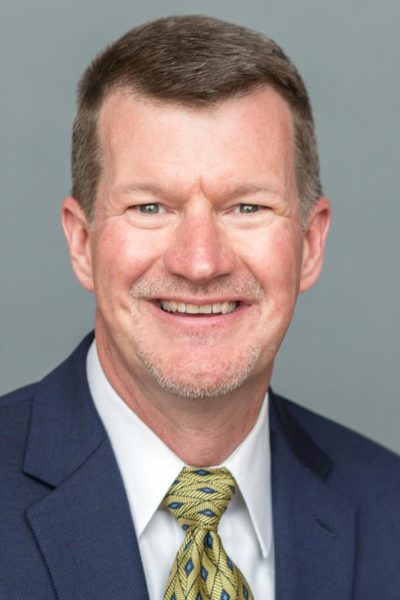Faculty pay scale adjusted, but tension of values remains
The newly proposed salary structure will be presented to the board of trustees for approval in May. Photo courtesy calvin.edu.
Faculty senate voted this week to approve a professor salary structure that brings full professors to salaries that are comparatively competitive in the job market. This proposal is drawn from the college’s strategic plan. The faculty compensation committee (FCC) undertook the task from August 2016 to April 2017.
According to the committee’s chair, political science professor Joel Westra, the FCC encountered complexities in defining what constituted similar institutions and positions for comparison. Additionally, there was limited data available for median salaries.
However, regardless of comparisons with peer institutions, a pattern became evident: the pay of assistant and associate professors met the strategic plan goal, while the pay of full professors did not. In light of this, the committee decided that the salary scale for full professors needed adjustment. The task was passed onto another committee, the workplace quality task force. The resulting proposal was approved by faculty senate, and will be presented to the board of trustees for approval in May.
Professors advance one step in the salary scale for every year they serve at Calvin, and adjustments to amounts are made to factor in cost of living. When they reach the rank of full professor, faculty are raised two steps on the scale. While previously the salary scale was capped at the 32nd step, the recently approved structure now brings it to 50 steps, which get smaller in the higher tiers.
Although equitable pay for full professors has now been addressed, Westra mentions that there is still tension regarding the pay scale in light of the college’s values of being communitarian and egalitarian.
“Job markets are hierarchical and individualistic,” said Westra. “But the college has always tried to be the opposite.”
Westra noted that it is appropriate for the college to pay attention to the job market. However, the market’s hierarchical nature also means that faculty in some departments are paid more than those in other departments. Faculty are also placed on the pay scale based on prior experience and degree(s).
“What might make sense for individuals might not make sense for departments,” said Westra.
Balancing both the values of the job market as well as the values of the college remain in tension when it comes to compensating professors, said Westra, and a challenge that remains to be addressed.












